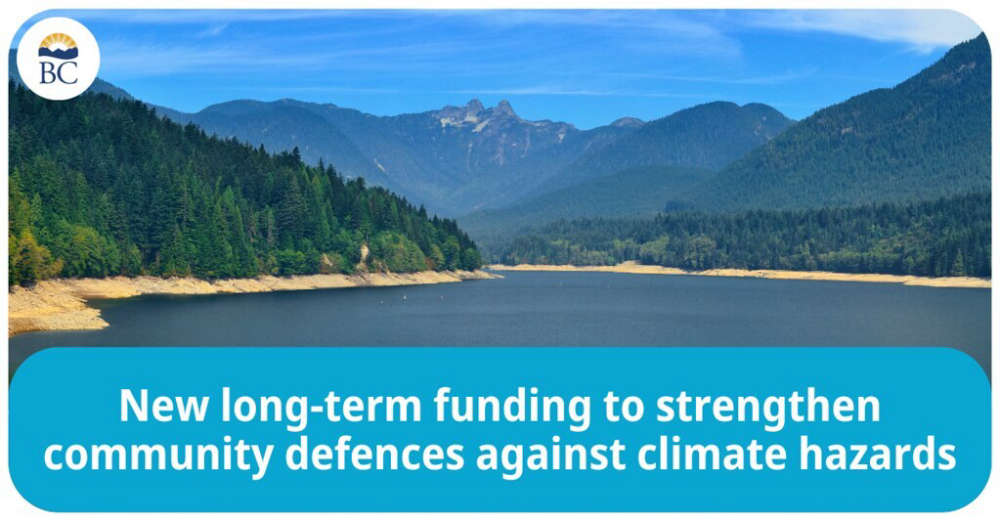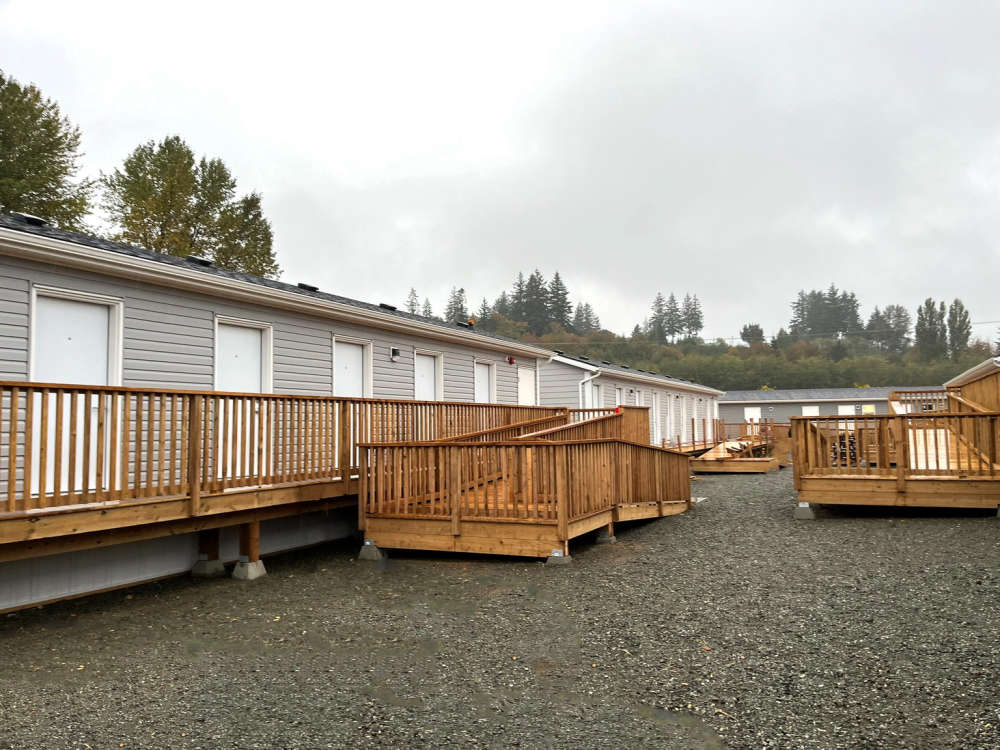
The BC government is introducing a new funding program to support disaster risk reduction and climate-adaptation projects.
“The growing frequency of climate-related events – from extreme heat to floods and drought – is having a dire impact on people in B.C.,” said Bowinn Ma, Minister of Emergency Management and Climate Readiness.
“Communities have told us they need additional funding certainty to address their climate-risk needs, so we’re introducing this program to help begin to give them reliable, long-term funding to make people and their communities safer.”
The fund will provide approximately $15 million in its first year and $25 million in its second year for eligible projects.
Eligible hazards include drought and water scarcity, erosion, extreme temperature, flood, sea-level rise, earthquakes and tsunamis, and geohazards, such as avalanches and landslides. Support for wildfire-risk reduction remains available through the Ministry of Forests.
“The new DRIF program aligns with our development of the B.C. Flood Strategy, which guides the Province’s continued work with First Nations, local government agencies, the agricultural sector, industry and conservation organizations, as we work to reduce flood risk,” said Nathan Cullen, Minister of Water, Land and Resource Stewardship.
“As we developed the flood strategy, we heard loud and clear that communities across the province need long-term, stable funding programs to reduce the risks of flooding, as well as other natural and climate-driven hazards, and the DRIF is designed to help fill those gaps.”
Among other things, the program will fund projects that support communities to increase their understanding of risks and risk-reduction measures; reduce their risk through non-structural projects, such as policy and bylaw development, and community education; and reduce risks through structural projects, including nature-based infrastructure.
Since 2017, the Province says it has provided approximately $400 million for more than 2,150 disaster-mitigation projects through the Ministry of Emergency Management and Climate Readiness funding programs.
Approximately half of the funding has gone to communities since December 2022.
To learn more, visit Government of British Columbia.


 Park-And-Fly Options Urged As Holiday Travel Picks Up
Park-And-Fly Options Urged As Holiday Travel Picks Up
 19 Wing Comox To Attain New Apartment Building For CAF Housing
19 Wing Comox To Attain New Apartment Building For CAF Housing
 New Modular Units Expand Homewood Supportive Housing In Campbell River
New Modular Units Expand Homewood Supportive Housing In Campbell River
 Speculation And Vacancy Tax Bringing More Homes To Market
Speculation And Vacancy Tax Bringing More Homes To Market
 Campbell River Shoebox Project Wraps Up Holiday Campaign
Campbell River Shoebox Project Wraps Up Holiday Campaign
